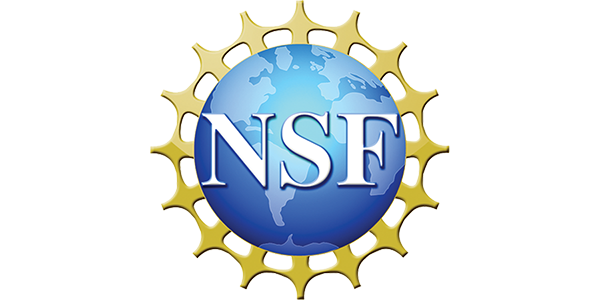Data Publications
The data contained in the Social Science Extreme Events Research (SSEER) webmap application is published through the National Science Foundation-supported NHERI DesignSafe-Cyberinfrastructure. Please cite the following when using the data:
Peek, Lori, Brigid Mark, Jessica Austin, and Heather Champeau. 2024. “2023 Social Science Extreme Events Research (SSEER) Network,” in Social Science Extreme Events Research (SSEER) Network Data, Survey Instrument, and Annual Census. DesignSafe-CI. https://doi.org/10.17603/ds2-584f-vz32.
Peek, Lori, Heather Champeau, and Jessica Austin. 2023. “2022 Social Science Extreme Events Research (SSEER) Network,” in Social Science Extreme Events Research (SSEER) Network Data, Survey Instrument, and Annual Census. DesignSafe-CI. https://doi.org/10.17603/ds2-arw3-9z86.
Peek, Lori, Heather Champeau, and Jessica Austin. 2022. “2021 Social Science Extreme Events Research (SSEER) Network,” in Social Science Extreme Events Research (SSEER) Network Data, Survey Instrument, and Annual Census. DesignSafe-CI. https://doi.org/10.17603/ds2-htk5-9w67.
Peek, Lori, Jessica Austin, and Heather Champeau. 2022. “2020 Social Science Extreme Events Research (SSEER) Network,” in Social Science Extreme Events Research (SSEER) Network Data, Survey Instrument, and Annual Census. DesignSafe-CI. https://doi.org/10.17603/ds2-arw3-9z86.
Peek, Lori, Mason Mathews, Jessica Austin, and Heather Champeau. 2022. “2019 Social Science Extreme Events Research (SSEER) Network,” in Social Science Extreme Events Research (SSEER) Network Data, Survey Instrument, and Annual Census. DesignSafe-CI. https://doi.org/10.17603/ds2-tkjx-rf45.
Peek, Lori, Mason Mathews, Emmanuelle Hines, Haorui Wu, Jessica Austin, and Heather Champeau. 2022. “2018 Social Science Extreme Events Research (SSEER) Network,” in Social Science Extreme Events Research (SSEER) Network Data, Survey Instrument, and Annual Census. DesignSafe-CI. https://doi.org/10.17603/ds2-2qc4-fh48.

















CONVERGE is funded by the National Science Foundation (NSF), Division of Civil, Mechanical, and Manufacturing Innovation, Program on Humans, Disasters, and the Built Environment (Award #1841338). Any opinions, findings, conclusions, or recommendations expressed in this material are those of the authors and do not necessarily reflect the views of the NSF.